This artificial intelligence can create real works of art or photorealistic images. How to make the most of it? Tech&Co gives you some tips to become an AI master.
Where do these ultra-realistic images of Emmanuel Macron as a garbage collector in the streets of Paris come from, or of a false arrest of Donald Trump? No need to spend hours on paid software like Photoshop. They were generated in a few seconds thanks to a free artificial intelligence accessible to all: Midjourney.
From a simple description in a few words, this “Image ChatGPT” is able to generate all kinds of images almost instantaneously. Stunning works of art, but also photorealistic images that are already beginning to invade social networks.
And to take advantage of this tool, you don’t need to know how to code, or even hold a pencil. The Tech&Co editorial team gives you all the tips for discovering and mastering the basics of Midjourney.
Get inspired by others
Once connected to the Midjourney Discord server, it’s hard to know where to start – especially since most of these AIs mainly understand English, which does not help to make them accessible. Luckily, there’s a really simple way to improve: watching other people’s creations.
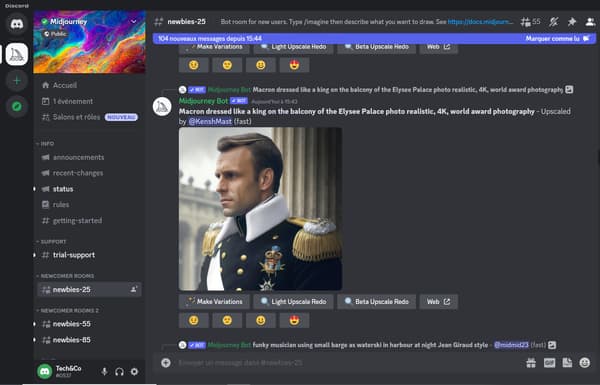
On Midjourney, you can admire the creations of other users, but also the queries that were used to generate them – called “prompt”. Enough to give you ideas for compositions, and discover a mountain of vocabulary and techniques that you might never have thought of.
Make specific requests
Precisely, what kind of words should be used? Even a very basic query may yield a very decent result the first time.

How to go further? For example, you can ask him to use a certain artistic style, or to create an image inspired by a famous artist.
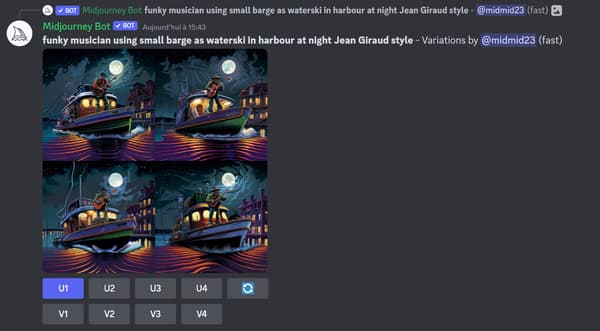
But you can go even further and play with a lot of detail. For example, requesting a particular light effect, with words like “cinematic lighting”…
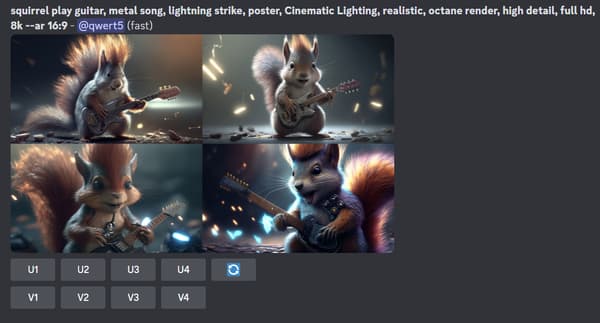
…a very high level of detail to be as realistic as possible, with expressions like “hyper realistic” or “4k”…
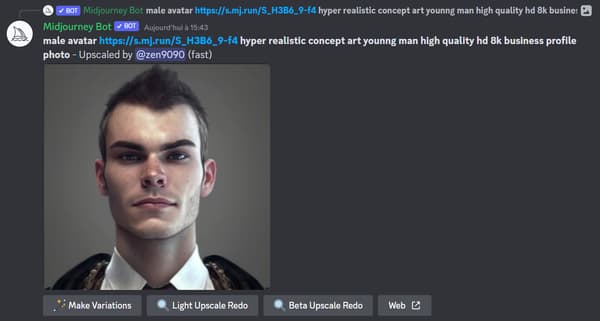
…or even replicate the style of a very specific focal length (35mm, for example) or type of camera lens.
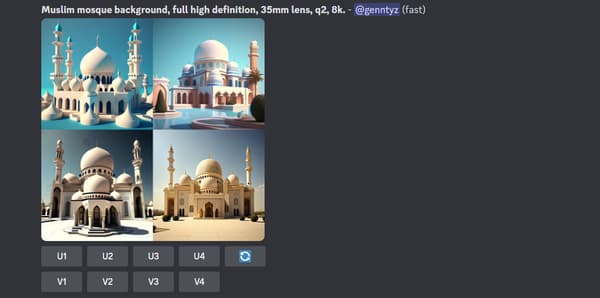
You can play on an infinity of parameters, and for each of a thousand different ways. The only way to discover them: to experiment, and to be inspired by others.
Is the best the enemy of the good?
Vos “prompts” can be as long as you want, but multiplying the words does not guarantee convincing results. Short but precise prompts can be more useful to exploit the full potential of the software.
Do not hesitate to try again
Programs like Midjourney rely on randomness to generate their images. One same “prompt” can give very different results. If you’re not happy with the first render, don’t lose hope: you may just have been unlucky.
Another recurring case: you come across an image that you like, but with a few small details that bother you (a six-fingered hand, a distorted face, etc.). How to correct them without starting from scratch? Just ask the AI to create variations of the desired image (by clicking on V1, V2, V3 or V4, depending on the desired image). You can therefore keep the same base while modifying it at the margin.
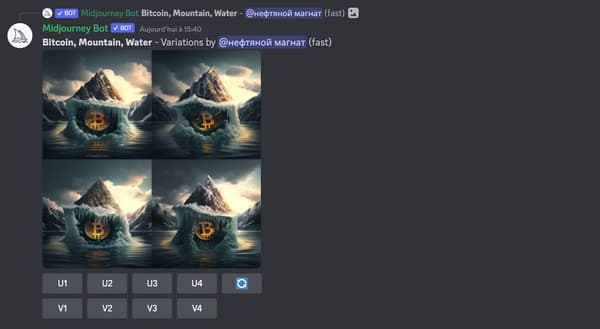
Guiding AI with reference images
It is also possible to guide Midjourney by also giving it a reference image. The AI will then try to stay true to the style and composition of your source image while respecting your request. To do this, simply add the URL address of the reference image at the beginning of your “prompt”. It can also be the photo of a person you want “reproduce” numerically.
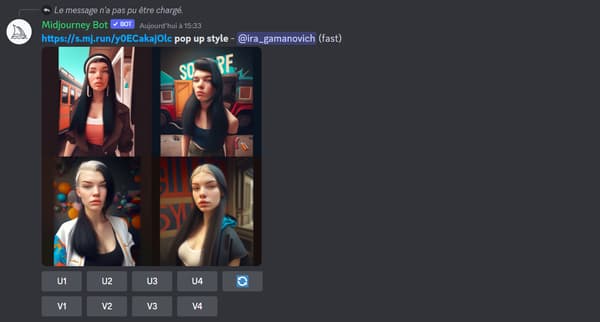
Always more realistic
Most of the photorealistic images shared in recent days on social networks were created thanks to the latest version of Midjourney: V5. To use it, you must add “– v5” in your prompt. However, it is currently only available to paid users.
Despite its impressive capabilities, it’s not possible to do everything with Midjourney. The platform severely limits the creation of violent or pornographic images. These AIs also raise many copyright issues, and many artists worry about the future of their professions.
